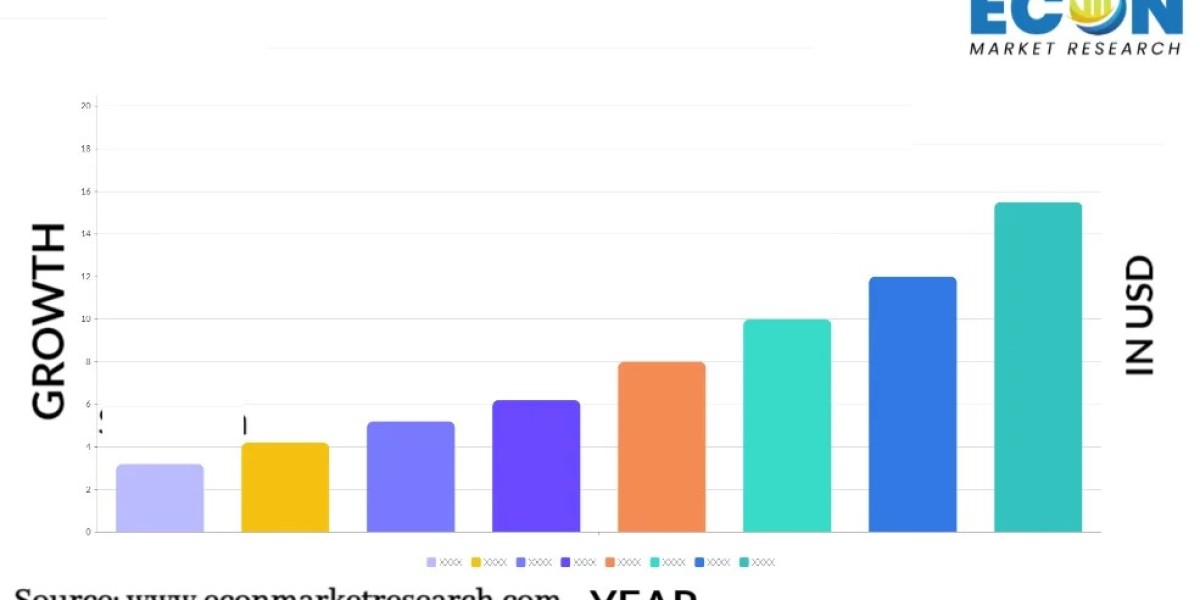Silicon batteries represent a ground-breaking development in energy storage technology, offering potential improvements in energy density, longevity, and efficiency over traditional lithium-ion batteries. Unlike conventional batteries, which typically use graphite as an anode material, silicon batteries leverage silicon for the anode. This shift is driven by silicon's natural abundance and its capacity to hold up to ten times more lithium ions than graphite, theoretically allowing for a substantial increase in energy storage per unit of weight. As demand for high-capacity, longer-lasting batteries grows across electric vehicles (EVs), portable electronics, and renewable energy storage, silicon batteries are emerging as a promising solution to meet these advanced energy needs.
More info : https://www.econmarketresearch.com/industry-report/silicon-battery-market/
How Silicon Batteries Work
Silicon batteries operate on a similar principle to lithium-ion batteries, where lithium ions move between the anode and cathode during charge and discharge cycles. In silicon batteries, however, the anode is composed partially or entirely of silicon instead of graphite. Silicon’s unique properties allow it to absorb more lithium ions, which translates to a higher energy density. However, this high absorption capacity also causes the silicon to expand and contract significantly during each charge cycle, leading to structural challenges. Innovations in material engineering, such as silicon nanowires, silicon-carbon composites, and the use of flexible binders, help mitigate these challenges, enabling silicon batteries to offer improved capacity and cycle life.
Advantages of Silicon Batteries
One of the most significant advantages of silicon batteries is their high energy density. By using silicon in the anode, these batteries can theoretically achieve energy capacities far greater than current lithium-ion technology, which means longer-lasting power for devices and vehicles. This makes silicon batteries particularly attractive for applications that require compact but powerful energy sources, such as electric vehicles and high-performance electronics. Additionally, the use of silicon could potentially lower production costs in the long term, as silicon is one of the most abundant elements on Earth. This abundance, combined with the efficiency improvements, offers a path toward more sustainable and economically viable energy storage solutions.
Challenges in Silicon Battery Development
While silicon batteries promise substantial improvements, they also face significant technical challenges. The main issue is the silicon anode's tendency to expand up to 300% during lithium ion intake. This expansion can cause the anode to crack or degrade over multiple charge cycles, drastically reducing battery life and reliability. To address this, researchers are exploring advanced materials like silicon nanowires and silicon-carbon composites that can accommodate the volume changes without fracturing. In addition, there are challenges around controlling the solid electrolyte interface (SEI) layer that forms on the anode during charging, which can further impact battery efficiency and lifespan. Ongoing research aims to overcome these barriers, making silicon batteries more viable for widespread use.
Future Outlook for Silicon Batteries
As the need for advanced battery technology grows, silicon batteries are positioned to make a significant impact. With ongoing research, commercial applications could see silicon batteries in electric vehicles, portable electronics, and grid storage within the next decade. Improvements in material science, manufacturing processes, and battery management systems are likely to advance silicon battery technology even further, making it competitive with—and perhaps even superior to—existing lithium-ion technology. Companies in the EV and tech industries are already investing in silicon battery research, signaling a strong future for this technology in energy storage.
Phone Number: +1 812 506 4440
Email : sales@econmarketresearch.com













